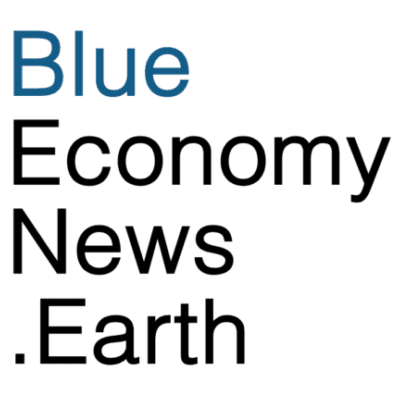Nonprofit organization Surfrider Foundation announced its volunteers logged the greatest number of individual trash items ever collected in its beach cleanup program with 870,000 itemized pieces of trash recorded into their national cleanup database, 83% of which was plastic.
The organization will use the data to campaign for stronger plastic reduction legislation, such as “Skip the Stuff” bills that allow consumers to opt-out of single-use plastics in their takeout food orders, helping to stop plastic pollution at its source. In states where Surfrider-sponsored plastic bag bans have been successfully implemented, the group said, coastal plastic bag litter has dropped by 50% since the policies were first enacted in 2018.
11 million metric tons of plastic pollution enter the ocean each year. The company said that’s equivalent to a trash truck dumping a full load of plastics into the ocean every minute of every day of the year.
“Beach cleanups play a critical role in addressing the plastic pollution crisis,” said Jenny Harrah, Surfrider’s Healthy Beaches Program Manager. “They allow our volunteers to learn about the types of plastic that are found on our beaches and provide an entry point to learn more about the impacts of single-use plastics on our environment.”
Surfrider said its beach cleanup data continue to prove that plastic is the most commonly found material on our beaches. Even more concerning, plastic breaks down into smaller and smaller pieces, becoming increasingly difficult to clean up and a bigger threat to the health of coastal ecosystems. One-third (32.5%) of the items collected through the beach cleanup were plastic fragments that infiltrate coastal food systems, harming not only wildlife but also posing a danger to human health.
Microplastics and plastic fragments bioaccumulate up the food chain — becoming more toxic the higher up the food chain you go. So seafood has an increasing chance of being contaminated by plastics and associated chemical pollutants once they’ve been ingested by marine life. A recent report on nanoplastics–microscopic fragments roughly the size of small bacteria–revealed at least 27 million metric tons of nanoplastic pollution in North Atlantic seas alone–more than the combined weight of all wild land mammals.
Plastic packaging accounted for 145,000 pieces of trash collected by beach cleaners, inspiring Surfrider to campaign for Extended Producer Responsibility (EPR) bills that will shift the cleanup and disposal costs back onto plastic packaging manufacturers. Six states have passed EPR bills for plastic packaging, with more advancing annually. As a proven policy tool, EPR is essential to achieving a plastic pollution-free future, ensuring that producers–not communities–bear responsibility for the lifecycle costs of their products.
At current rates, the amount of plastic pollution entering our ocean is doubling every six years. If these trends continue, the total weight of plastic pollution in our ocean could exceed the total weight of all fish in the ocean by 2050.
“This report is more than a record of trash collected; it’s proof of the power of advocacy, community, and collaboration,” saidVipe Desai, Executive Director at the Surf Industry Members Association. “The vital work led by the Surfrider Foundation and its vast chapter network shows how grassroots action can drive national awareness and real change.”

